Butterflies are more than just a pretty flying insect in your garden; they’re also a pollinator, a biotic pollinator to be specific. Pollination can be defined as the transfer of pollen from one flower to another, not to be confused with fertilization (that’s an entirely different subject).
Pollination is categorized into two types – abiotic and biotic. Abiotic pollination relies on wind, water, or rain to transfer pollen, whereas biotic pollination relies on living organisms. Bees, wasps, flies, butterflies, and many more living organisms (even some kinds of bats) are responsible for more than 90% of all pollination. Pollination is the key to many plants’ survival; therefore, using biotic pollination, plants must learn how to attract certain pollinators.
Flowers often use their color to attract the kinds of pollinators they want. Flies see a spectrum of colors that make orange an attractive color, so they will most often be seen pollinating orange or yellow flowers. Hummingbirds see red better than other colors, so they are often found pollinating red or pink flowers. Beyond bright colors, flowers attract pollinators through a reward system. Pollinators are more likely to pollinate if they get something out of the deal too — a quid pro quo of sorts. Some flowers offer an oil that male insects cover themselves in, making them smell better to females. (Think of it like Axe body spray, for insects.) Flowers also offer pollen that bees use to feed their babies and nectar that many insects use as food. Lastly, some flowers decide to take the easy way out — “cheating” to achieve successful pollination. Take the cunning bee orchid. This sneaky flower’s velvety lip looks like a female bee. Males fly in to try to mate with it and end up pollinating the flower. Ethical or not, this is a remarkable example of floral mimicry and a highly-evolved plant-pollinator relationship.
Pollination wasn’t always this easy. Flowers and pollinators have adapted through time to get the most out of each other. Known as “Pollination Syndrome,” pollinators and flowers adapt to ensure that they are using each other to the best of their ability. In Madagascar, there is a type of orchid whose pollen spur is almost a foot long! Darwin discovered this plant and put forth the thesis that there must be a certain type of insect that has a tongue long enough to reach the pollen. While Darwin never lived to see it, he was correct. A moth was later found with a tongue able to reach the pollen. Over time, both the orchid’s pollen spur and the moth’s tongue have gotten longer, adapting to one another.
Beetles are an example of a “clumsy” pollinator. They don’t have the ability to hover over a flower or manipulate the flower, so they often look for large flowers in tight-knit quarters, like magnolias or pond lilies. Topped with plumes of fluffy yellow flowers, goldenrod (sometimes thought to be a weed), springs up en masse in the summer, so that insects, like beetles, can pollinate them easier. Knowing what certain insects look for in pollination locations makes conservation easier. If you want more beetles, plant large flowers in large groups.
While most pollinators are easy to accommodate (preferring the same plants their entire life), there are exceptions. Butterflies are hard to conserve because caterpillars and adult butterflies need different plants to survive – so instead of planting one flower, you must plant two, in proximity. Monarch caterpillars need milkweed leaves to survive while monarch butterflies find their source of nectar many different flowers.
The best way to help pollinators be successful is to plant native flowers in your garden that target the specific type of pollinator that you desire. And don’t be afraid to call your local nursery or garden associations to ask them for recommendations…your butterflies will thank you.
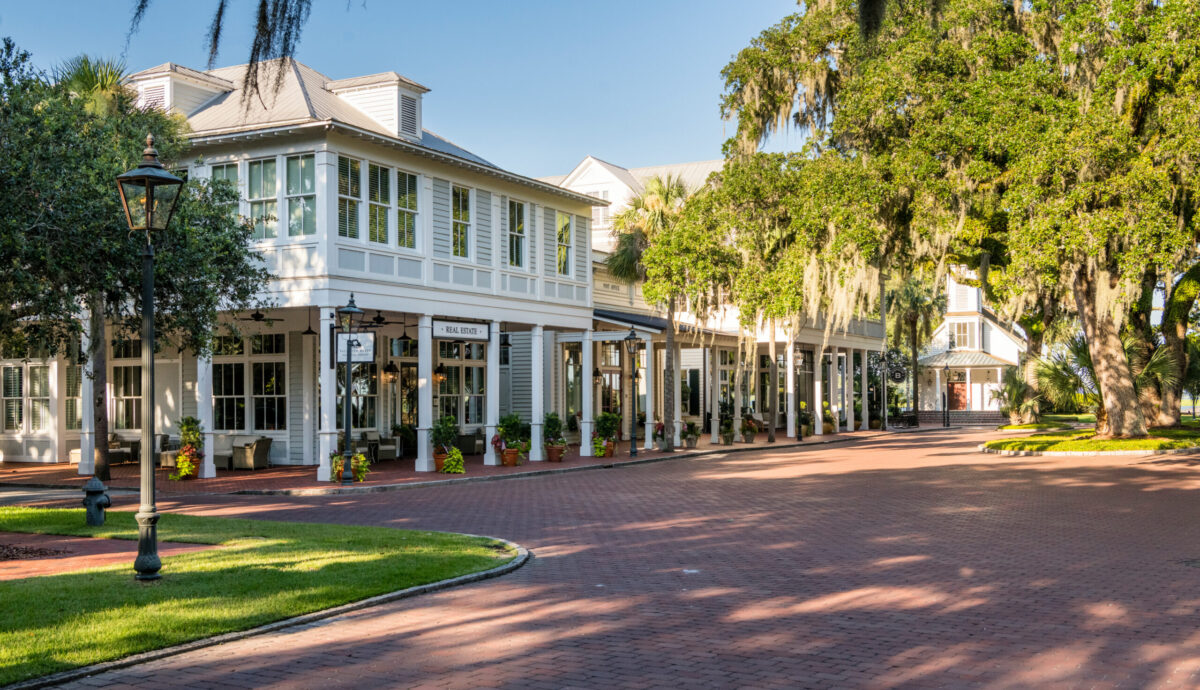
Real Estate in Bluffton SC: Trends, Updates, and Insights Positioned amidst the serene Lowcountry landscape of South Carolina, Palmetto Bluff stands as a beacon of luxury and natural beauty, attracting discerning homebuyers seeking an unparalleled lifestyle. ...
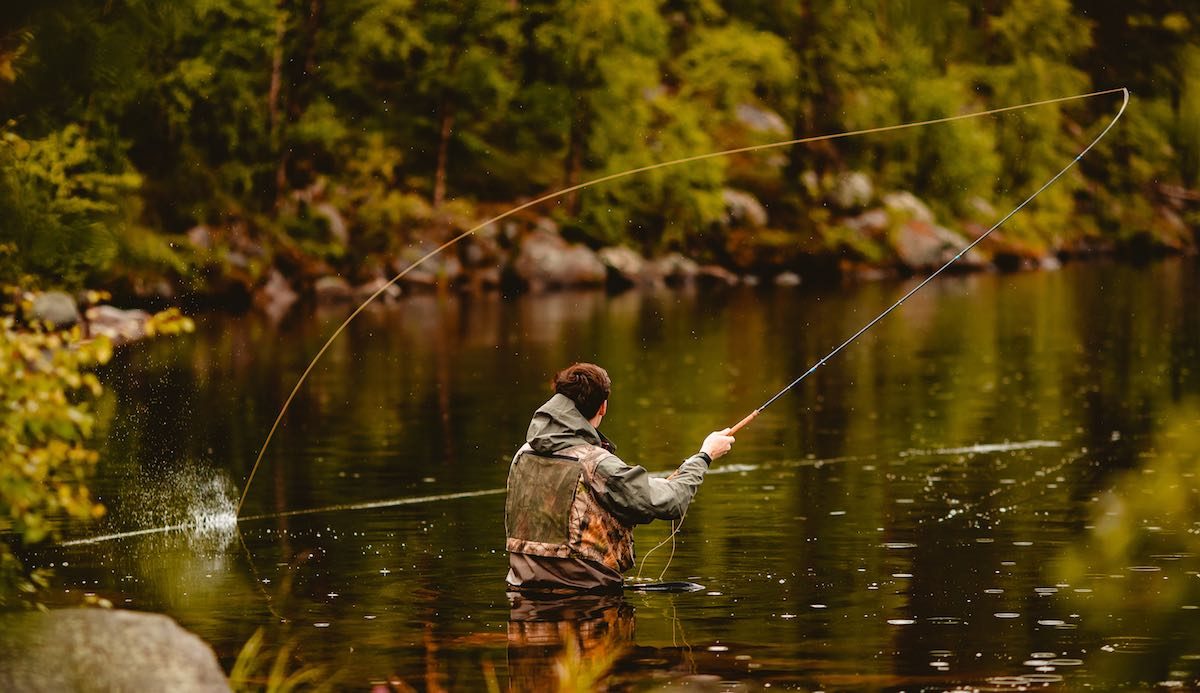
With its abundance of rivers, waterways, and streams, South Carolina is one of the best destinations for fly fishing in the Southeast. Not to mention, its mild weather throughout the year makes it a great place to fish all year round. Whether you are an experi...

Discover These Cozy Coastal Cottages at Palmetto Bluff The Lowcountry is a place to retreat from reality and fully immerse in the serene atmosphere, which is why so many people are drawn to making it their home. There are a plethora of luxury homes in South C...
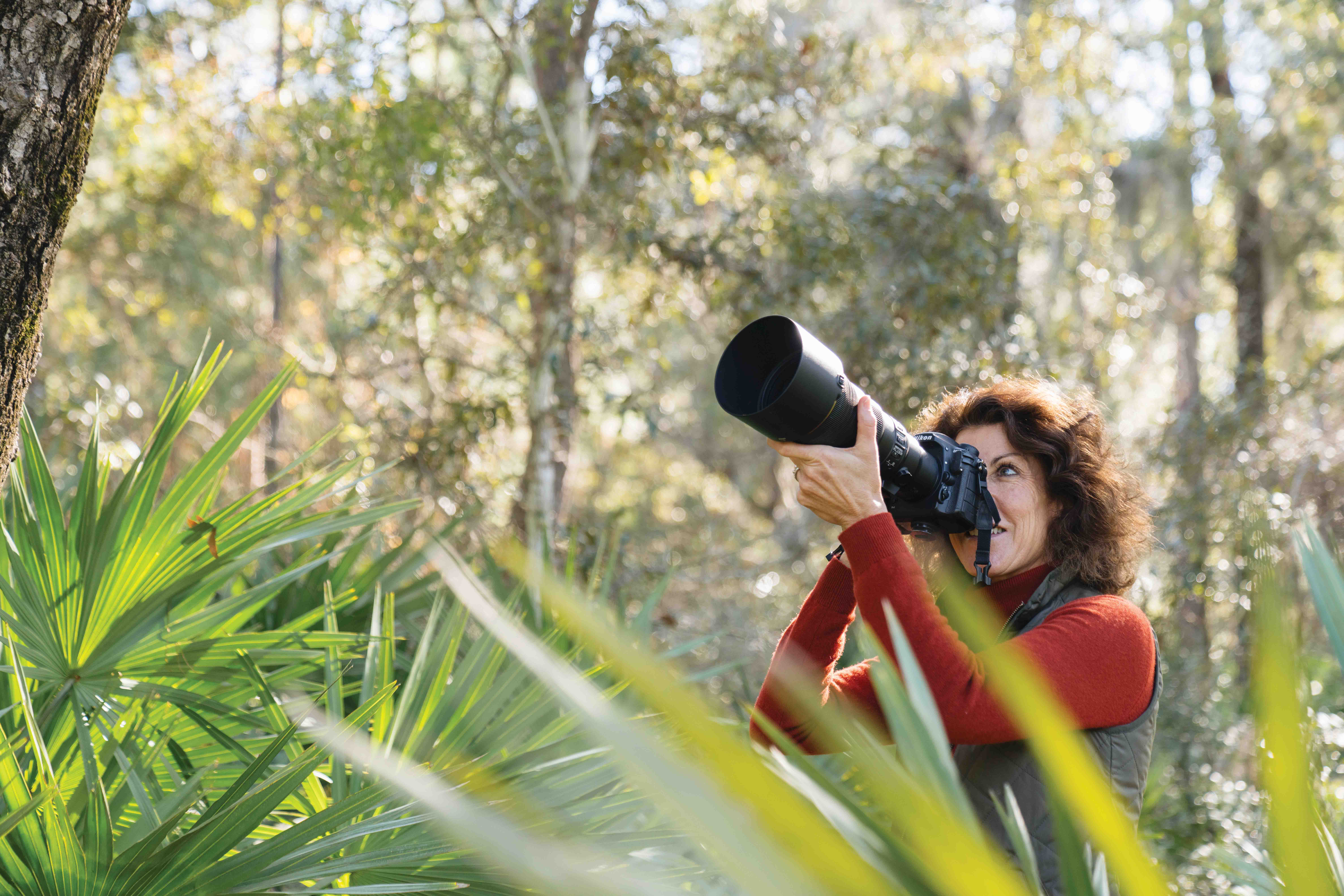
Photographs by Cacky Rivers and Cameron Wilder It is a sunny, cold December morning when we meet in the Conservancy classroom in Moreland Village. Everyone is well-equipped with binoculars and all manner of cameras and giant lenses. Cacky arrives last, in a r...
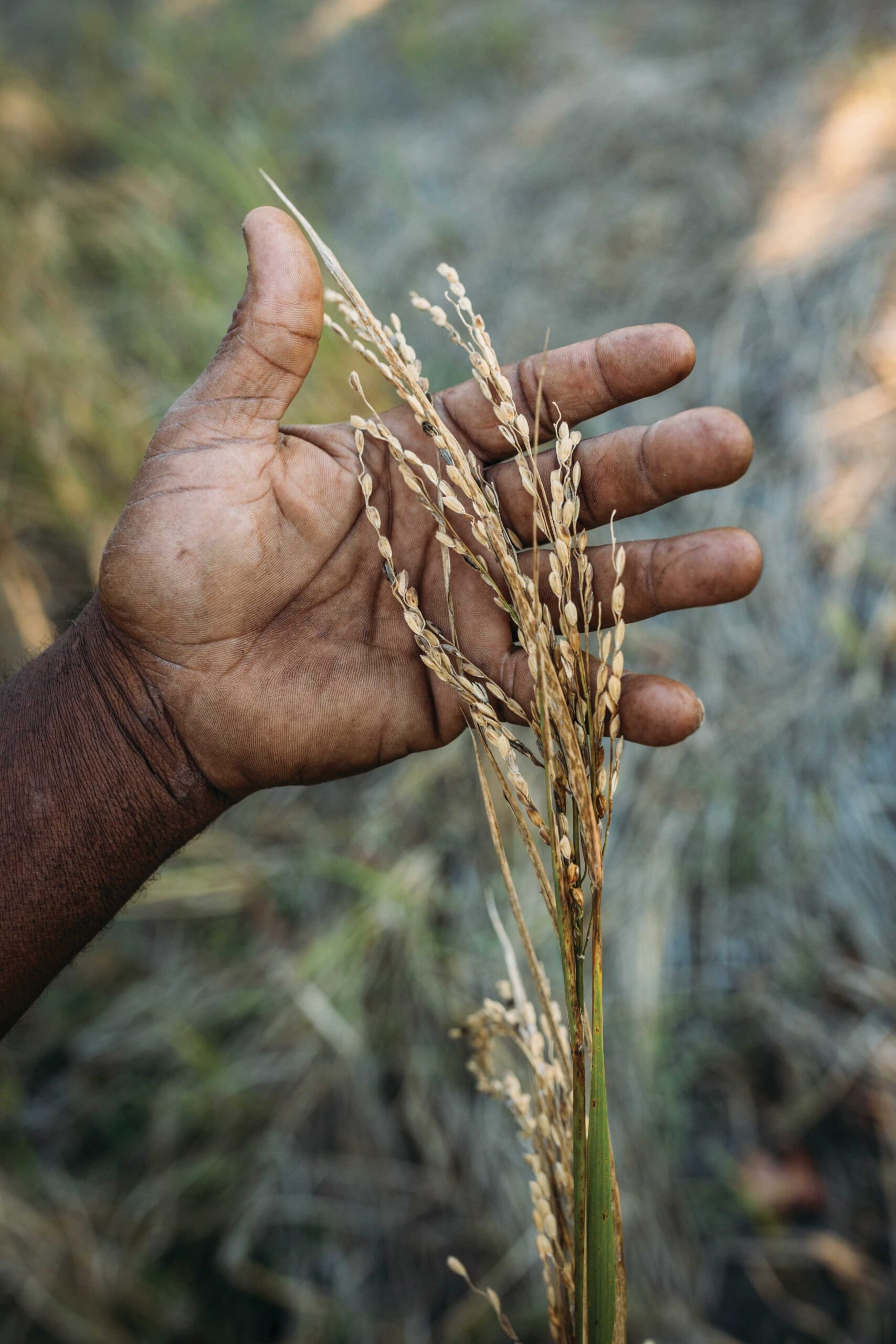
Photographs and Story by Joel Caldwell Marion “Rollen” Chalmers has been garnering a lot of well-deserved attention of late. Garden & Gun, the Blue Zones project, and even the TODAY show have made the trip to Rollen’s native Hardeeville, South Carolina, t...
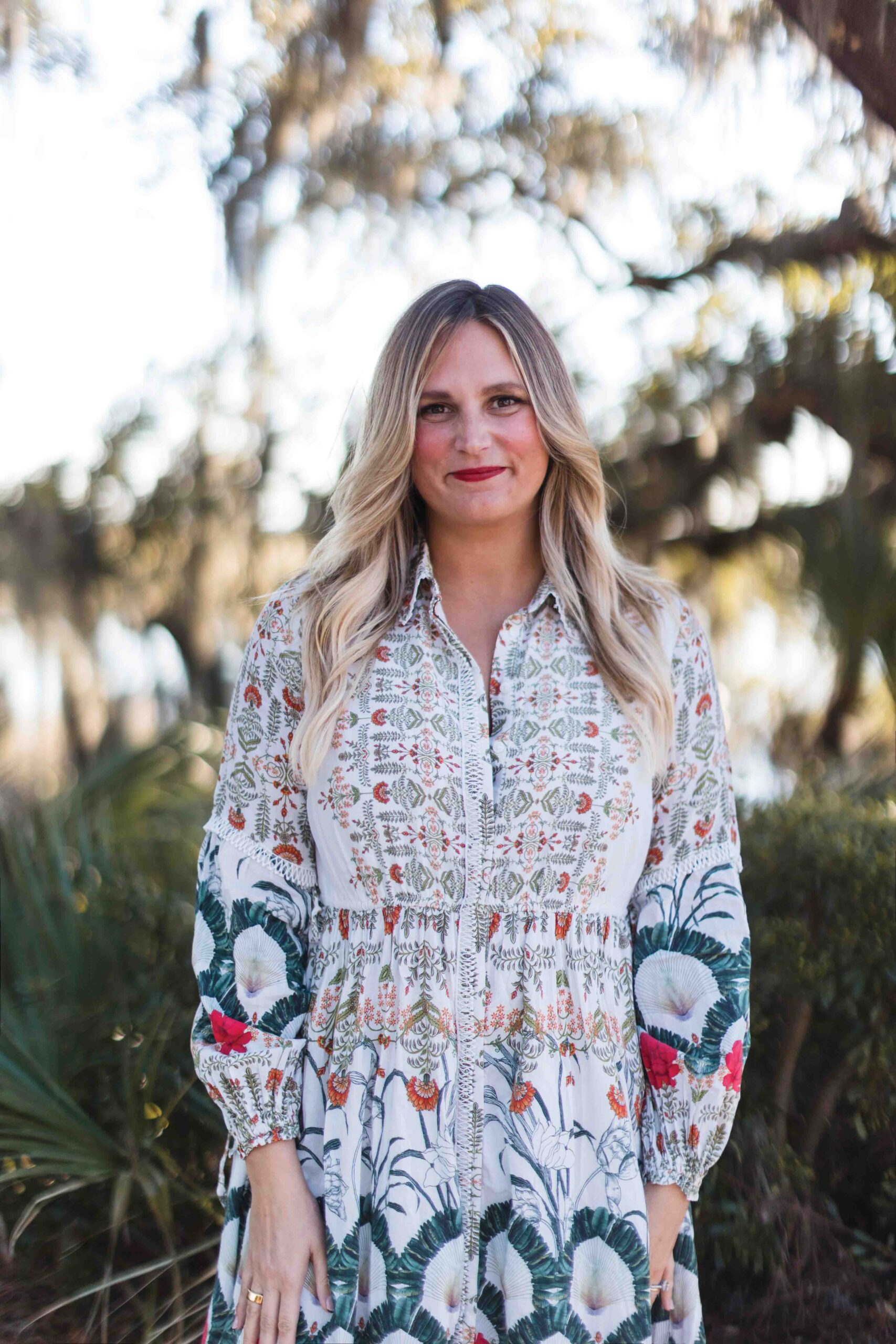
Marie McConnell Director of Member relations, Palmetto Bluff Club Where are you from and how did you get here? I am from Buffalo, New York—born and raised. Go Bills! My husband and I got married at Sea Pines in Hilton Head in 2012 and fell in love with the ...

Nestled amidst the tranquility of Palmetto Bluff, Longfield Stables stands as a beacon of serenity amid lush green pastures and the gentle presence of grazing horses. Its picturesque setting makes it a haven not only for the esteemed Palmetto Bluff Club Member...

The Conservancy is looking forward to another summer of fun with our upcoming kid's programs! Wild Child Camp and Junior Naturalist Camp will have dedicated weeks in June. Registration is $200 per child for the week. To participate, parents must fill out t...
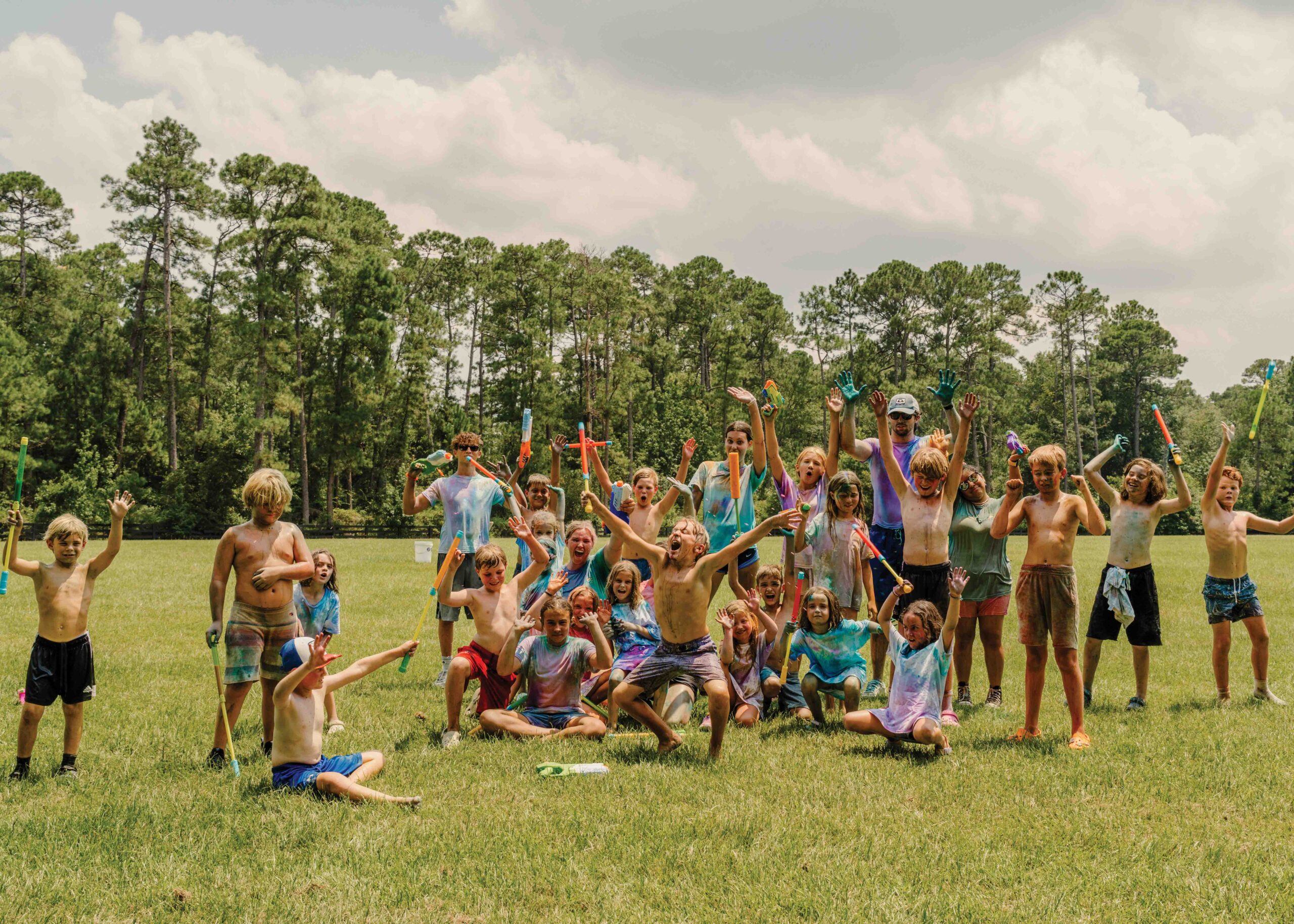
Photographs by Summer Pagatpatan Palmetto Bluff is a wilderness playground for families, a gateway to the outdoors, to living life close to nature. Palmetto Bluff Growing Outdoors, or PBGO, encompasses the ethos of this extraordinary place. CampGO is PBGO’...
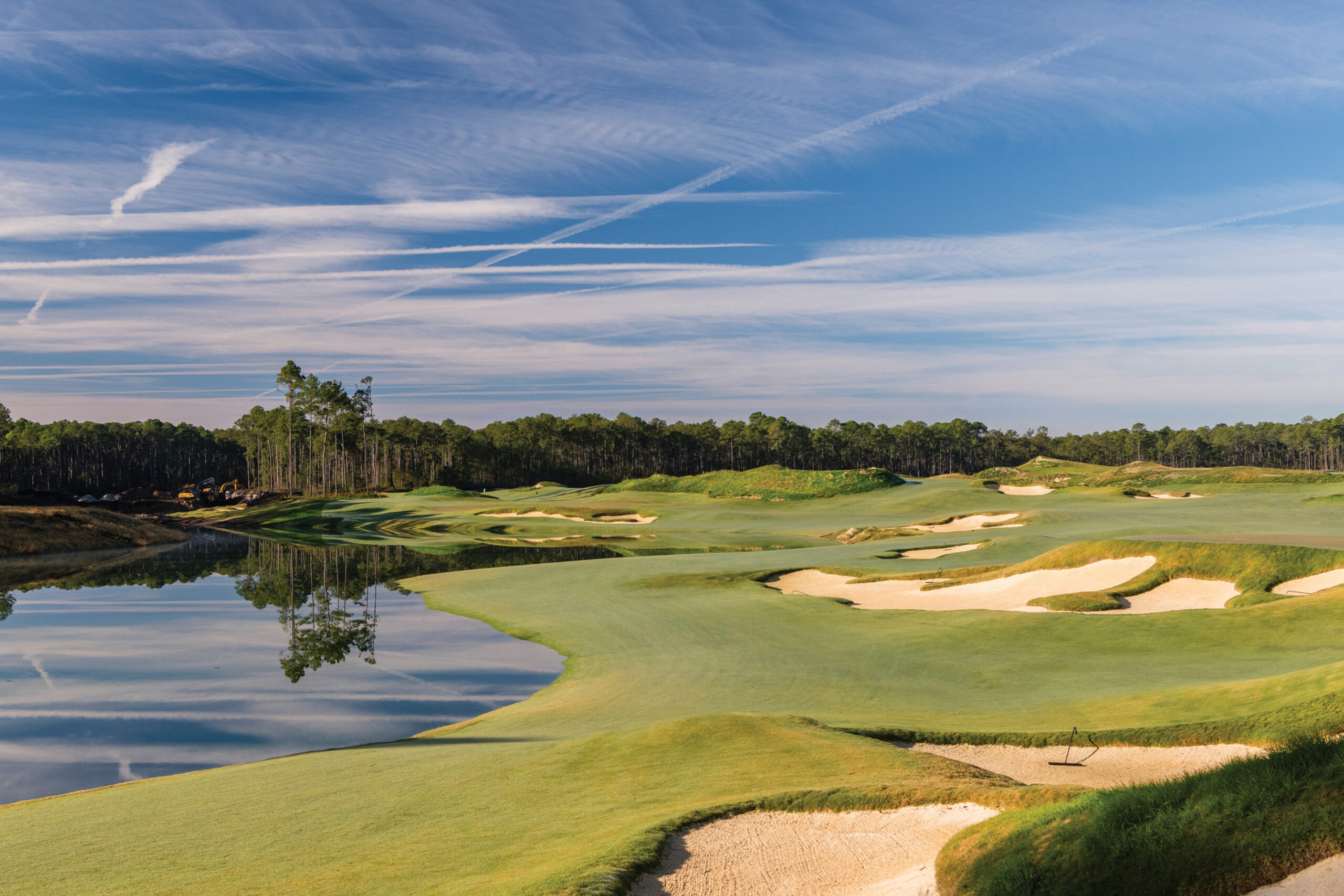
Discover the May River and Crossroads Golf Courses at Palmetto Bluff Positioned within the enchanting Lowcountry landscape, Palmetto Bluff boasts an array of world-class amenities, with its golf courses standing as a testament to the community's commitment to...

Learn about the Palmetto Bluff Conservancy and how we keep the vision of our land in place.
On land or water, there is an ever-evolving variety of activities.
We do not attempt to independently verify the currency, completeness, accuracy or authenticity of the data contained herein. All area measurements and calculations are approximate and should be independently verified. Data may be subject to transcription and transmission errors. Accordingly, the data is provided on an “as is” “as available” basis only and may not reflect all real estate activity in the market”. © [2023] REsides, Inc. All rights reserved. Certain information contained herein is derived from information, which is the licensed property of, and copyrighted by, REsides, Inc.